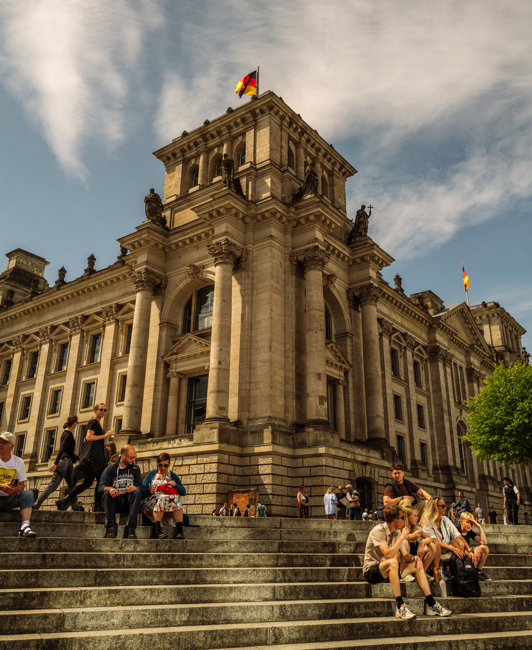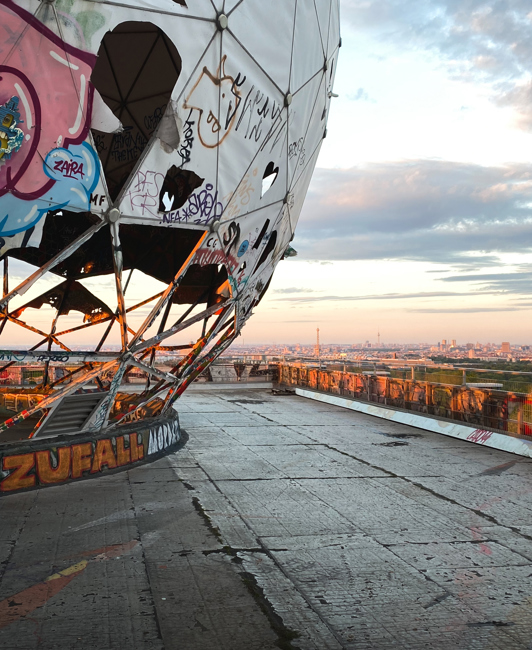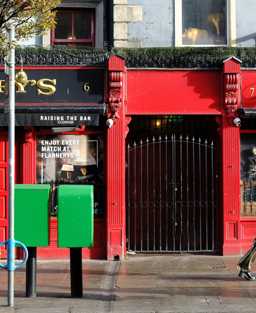

The Original Guide to Berlin
From turbulent history to techno clubs, currywurst to cutting-edge art, Berlin has a long and venerable history of surprising – and delighting – visitors. Our guide offers a truly original tour of the German capital, from recommendations on the music, books and films to savour before you board, to the must-do activities to make your trip memorable
01/08/2024Updated 19/02/2025
Words: Paul Sullivan
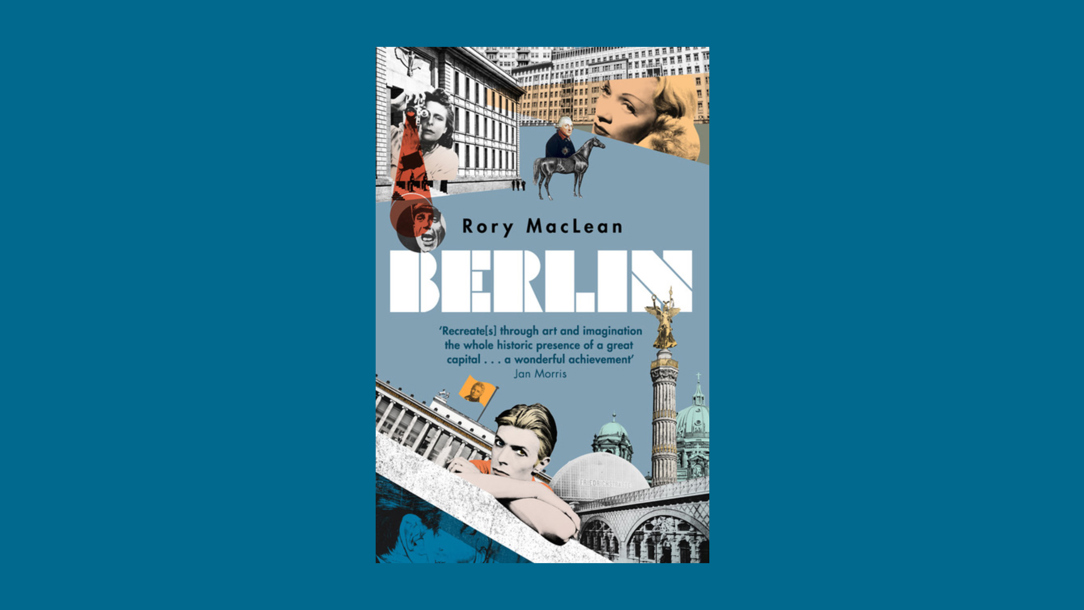
Berlin: Imagine a City, by Rory MacLean, is a biography of the capital told via 21 portraits

David Bowie performing live on stage on his Low/ Heroes world tour in 1978
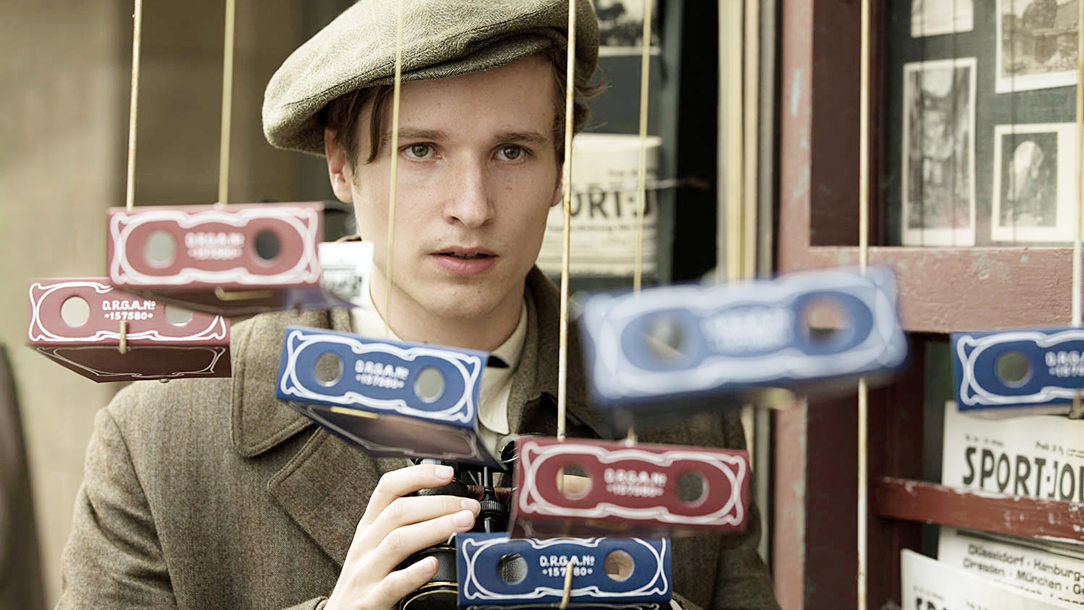
Anton Von Lucke as detective Stefan Jänicke in Babylon Berlin
Pre-trip culture checklist
READ: Berlin: Imagine a City by Rory MacLean
Rory MacLean’s Imagine a City spans five centuries of Berlin – but it’s no dry history book. MacLean takes the reader on a tour of some of the most interesting personalities to have lived in the city, from David Bowie and Marlene Dietrich to 18th-century Prussian architect Karl Friedrich Schinkel, and the lady of the night who was the model for the golden angel on top of the Victory Column.
LISTEN: Heroes by David Bowie
Part of Bowie’s acclaimed Berlin Trilogy, Heroes is actually the only album wholly recorded in the city – at West Berlin’s Hansa Studios, specifically, which were located right next to the Berlin Wall. Produced by the legendary Tony Visconti, its iconic title track, co-written by Brian Eno, directly references the Wall and the East-West divide, while the album sees Bowie attaining whole new levels of confident experimentation.
WATCH: Babylon Berlin
This hit German TV show is based on the best-selling novels by Volker Kutscher. Set during the late period of the Weimar Republic, it takes viewers through the socio-political rollercoaster of Roaring Twenties Berlin – the decadent highlights as well as the darker realms of drugs, economic depression and the rise of National Socialism.

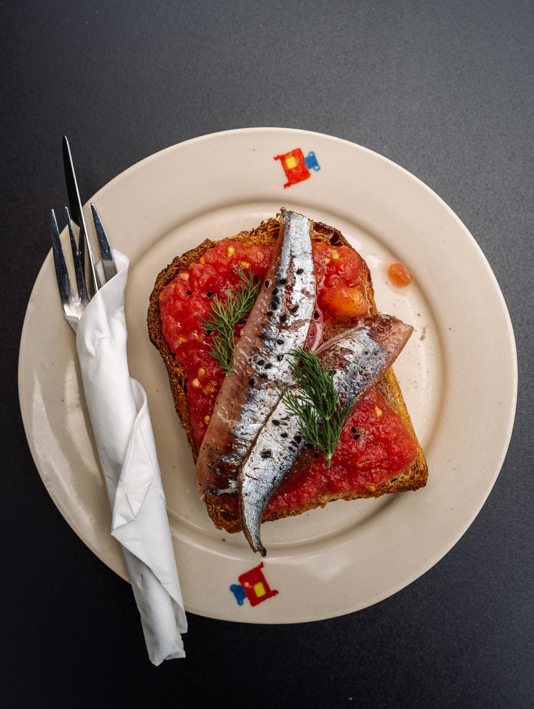
Neighbourhood hangout Material serves up the flavours of Spain
Like a local
“For me, Berlin is all about the neighbourhoods. I like to go to a spot on Schönhauser Allee called Material, where you can have coffee and home-baked goods in the morning or go in the evening for small plates like sardines on toast and great Spanish natural wines.
Just around the corner is Baden im Wein, another natural wine spot. You can sit outside at both places. A great Queer community place is the Tüntenhaus, one of the few surviving squats in the city. They have occasional events there, but for a wild party I like Lunchbox Candy, which is a performative event with DJs. People really dress up for it, which isn’t so normal in Berlin. A place that’s a bit more touristy but fun is the Monster Kabinett, an underground place with self-built robot monsters. They’re made by an indie collective and the backyard they’re in is also a slice of the old Berlin. A good restaurant is Sathutu, which has Sri Lankan small plates. It’s not cheap but, wow, it’s so good. Oh, and the best, the only, bagels in Berlin are at Fine Bagels, part of the Sons bookshop. They have great coffee, too.”
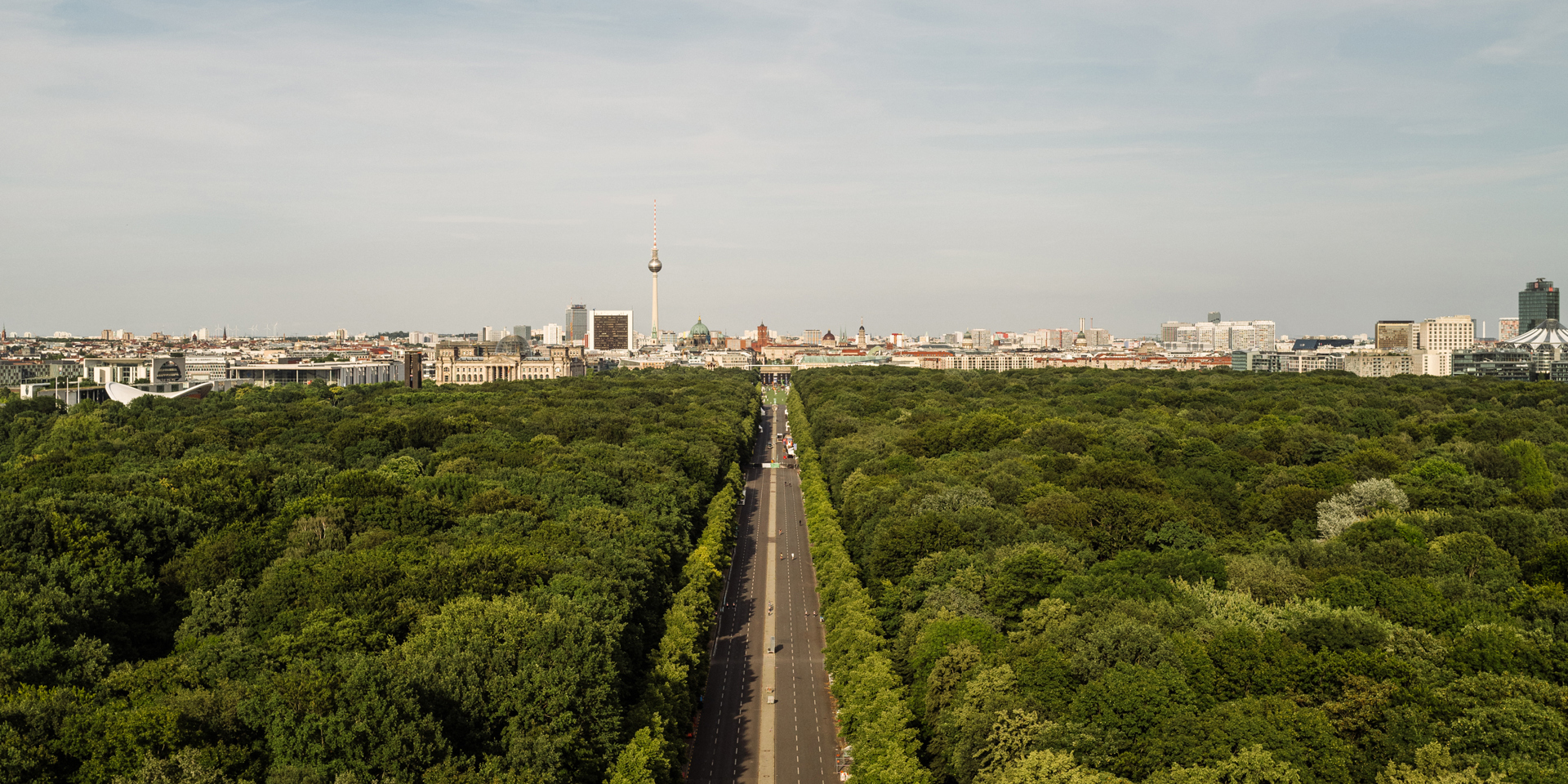
New view
The vistas from the Tiergarten’s Siegessäule (Victory Column) are well worth climbing the structure’s 285 steps for. Built in 1873 to commemorate Prussian victories against Denmark, Austria and France, the tower’s spiral staircase takes visitors right to the top for sweeping views of the surrounding park and the city beyond.

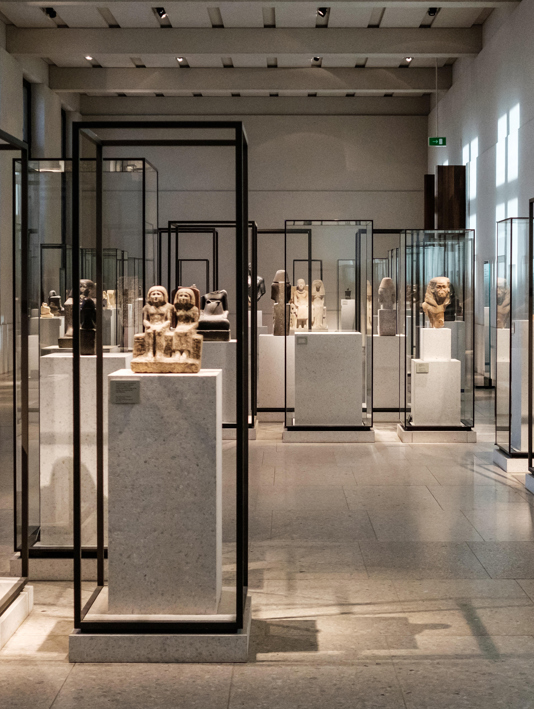
The James Simon Gallery on Museum Island; Egyptian artefacts at the Neues Museum
Rainy day saviours
Berlin has a plethora of indoor options for rainy days, but the Neues Museum is hard to beat. Part of the Unesco-heritage Museum Island, the building alone – sensitively refurbished by David Chipperfield – is worth the visit. Originally designed by Friedrich August Stüler and built in the mid-1800s, it only emerged from the ruins of World War II in 2009, and now serves as the home of the city’s Egyptian Museum and the Museum of Pre- and Early History. With around 9,000 interesting and unusual objects, including the world-renowned Bust of Nefertiti and Bronze-age Berlin Gold Hat, that span the history of Europe and the Mediterranean from the earliest Stone Age to the Middle Ages, you won’t get bored.

A warm bear hug at the Berlinale film festival (Daniel Seiffert)
The original…
Not many people know that Berlin was the location of the world’s first commercial screening, which took place in the city on 1 November 1895, a few weeks before the Lumière brothers hosted their own film screening in Paris. This significant event came about thanks to two Berlin brothers, Max and Emil Skladanowsky, who also invented their ‘bioscope’ months before the Lumière brothers created their ‘cinematograph’ in Paris. By the early 20th century, Berlin became an epicentre for film, especially German Expressionism, with legendary names such as Fritz Lang, Ernst Lubitsch, Friedrich Wilhelm Murnau and Georg Wilhelm Pabst living and working here. By the 1920s, Berlin had more cinemas than any other city. There are still many to explore today, and the city also hosts one of the most globally renowned film festivals, Berlinale, each year.

Bird’s-eye view
Whatever direction you fly in from, you’ll see the lakes and forests of Brandenburg before you see Berlin. As you get closer, you’ll see some of the city’s taller landmarks, such as the Funkturm in the west, the famous Fernsehturm (TV Tower) in the east, and the Tiergarten and Siegessäule, along with the winding river Spree, in the centre.
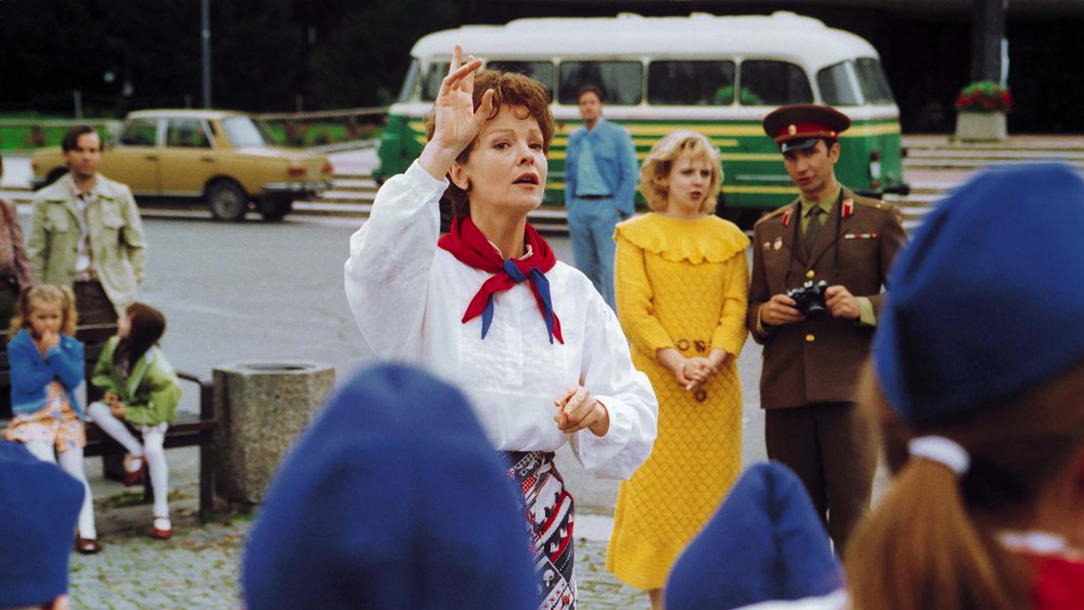
Katrin Sass in Good Bye, Lenin!
As seen on screen
Wings of Desire by Wim Wenders
Written and produced by Wim Wenders, this eternal classic depicts two angels –played by Bruno Ganz and Otto Sander – who drift through the streets of post-war Berlin. The storyline gets intriguing when one of the angels falls in love with a physical being, creating a slow-paced meditation on human existence.
Good Bye, Lenin! by Wolfgang Becker
This lighthearted romp about the fall of the Berlin Wall in 1989 sees a family trying to keep the collapse of East Germany from their sick mother, a loyal party member who fell into a coma and missed the entire thing. A comedic take on what was – and remains for many – a serious and emotive topic.
Victoria by Sebastian Schipper
A wild night of partying gets quickly intense when the female protagonist meets a bunch of men and gets involved in a bank robbery. Filmed in one long 138-minute take, it showcases Berlin’s decadent electronic music scene while capturing moments of spontaneity and authenticity due to the innovative direction.
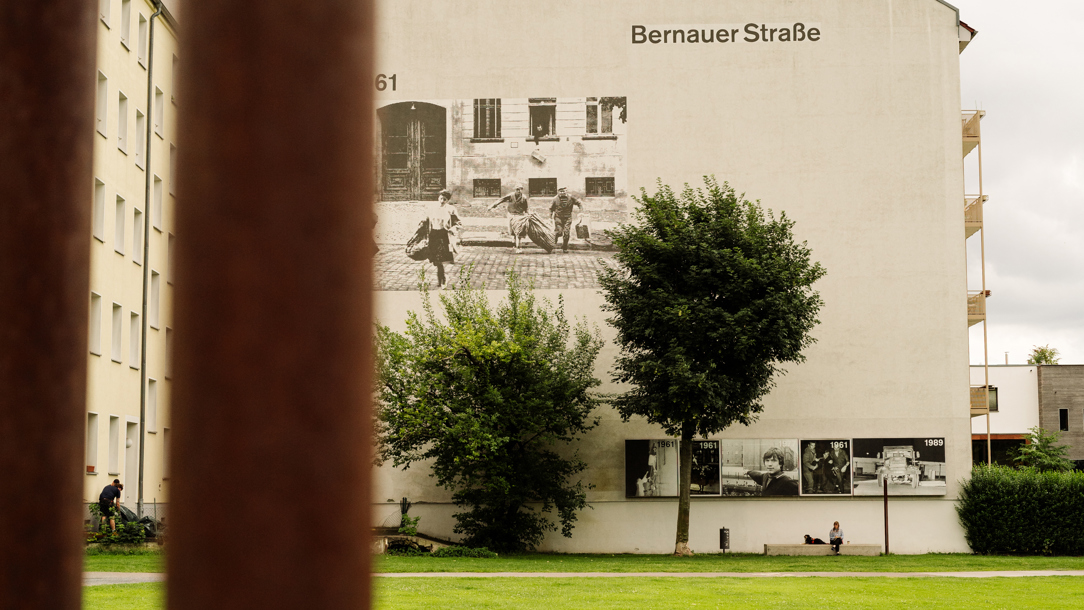
The open-air Berlin Wall Memorial
Access all areas
Given the Reichstag is the place where accessibility laws are passed, it’s perhaps not surprising that visits here are inclusive. The glass dome is accessible for people with disabilities through a separate entrance without long waiting times, and special tours can be arranged in advance for people with a visual impairment or who are blind. All entrances are also suitable for wheelchairs, which are available on loan for visitors with limited mobility.
The open-air Berlin Wall Memorial on Bernauer Straße, located on the former border strip, is accessible via Nordbahnhof S Bahn thanks to an elevator and escalators. The main exhibition is suitable for wheelchair users, and people who are partially sighted or blind can listen to some of the stories in the open-air exhibition. The Visitor Centre is accessible via an elevator, accessible tours for groups can be arranged on request, and the viewing platform can be reached with an elevator. Find out more about Berlin’s accessible sights here.
The sensory six
Berlin is a feast for all the senses. Below is a small sampling…
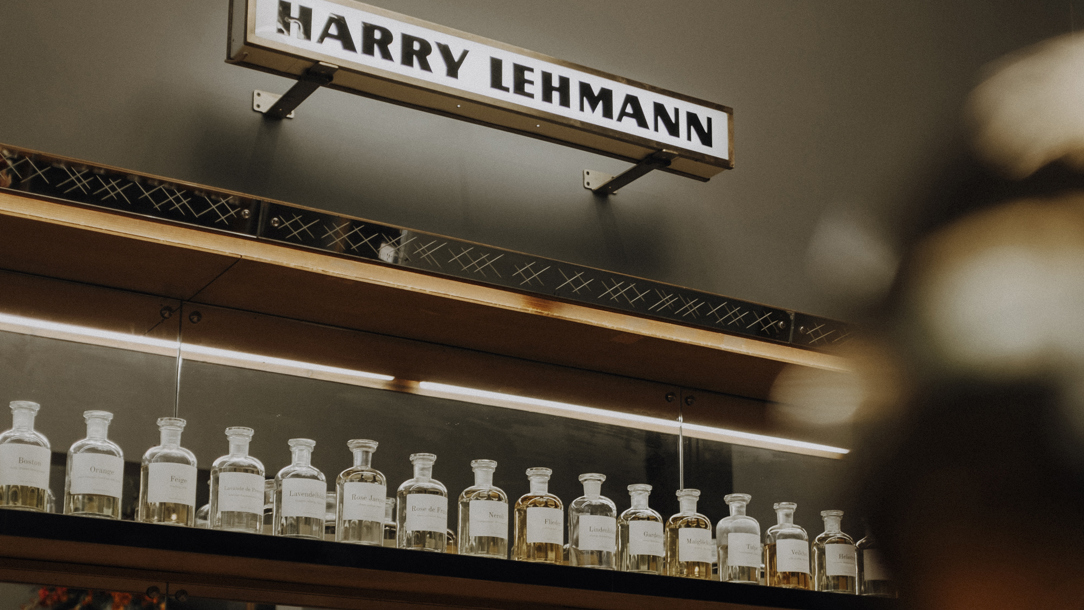
Making scents at Harry Lehmann
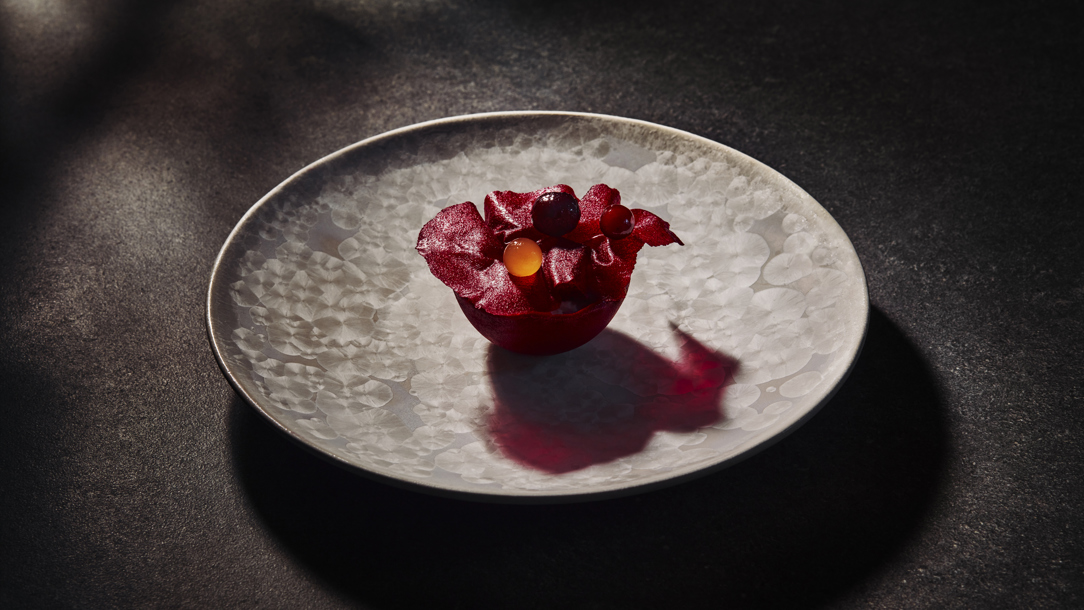
Iced beetroot at Coda
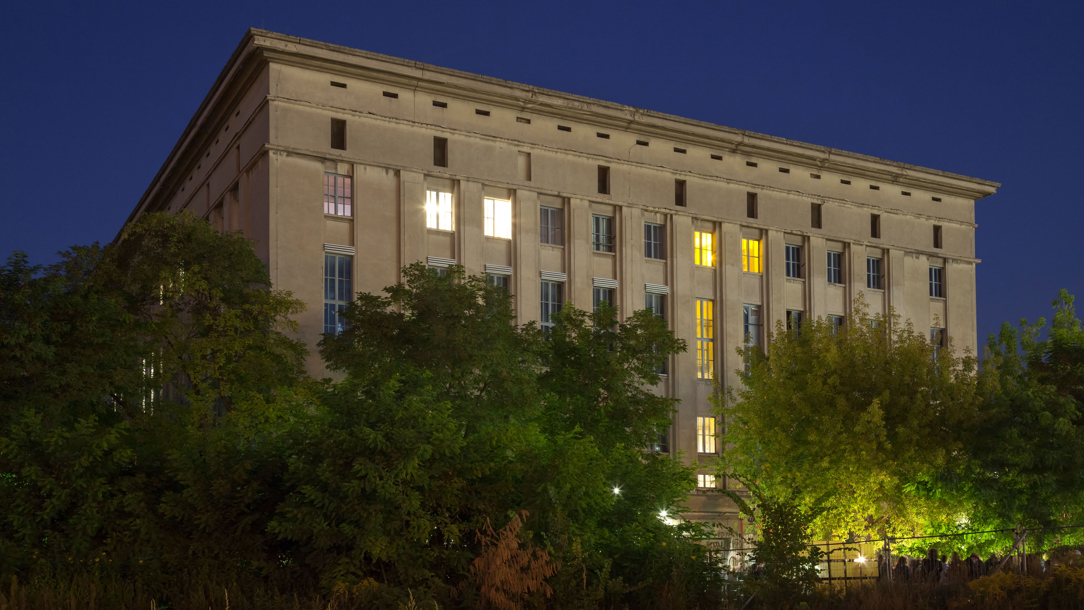
The vast Berghain night club
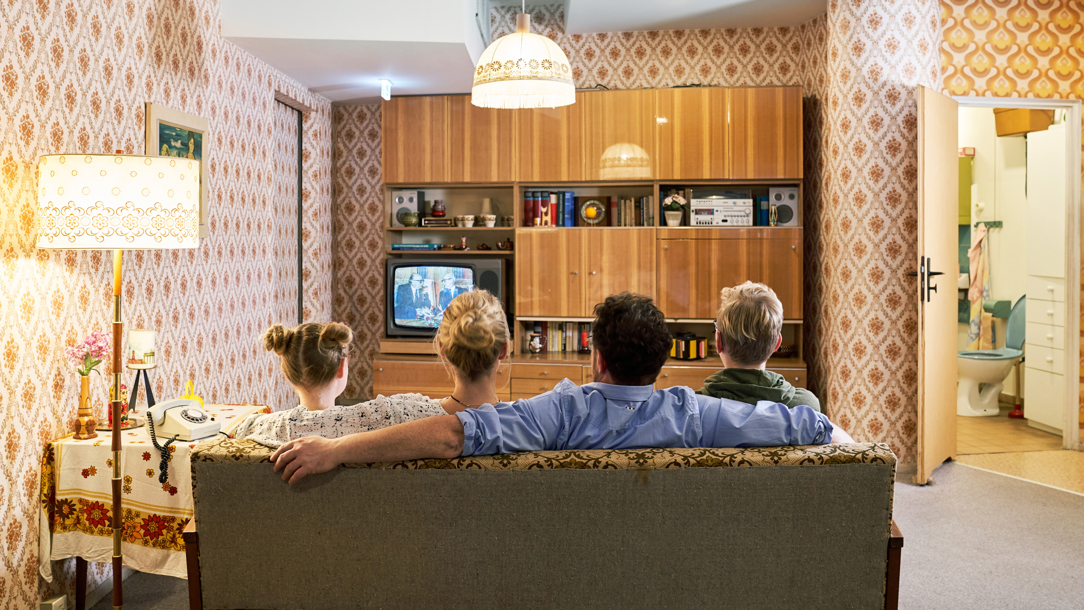
Blast from the past at DDR Museum
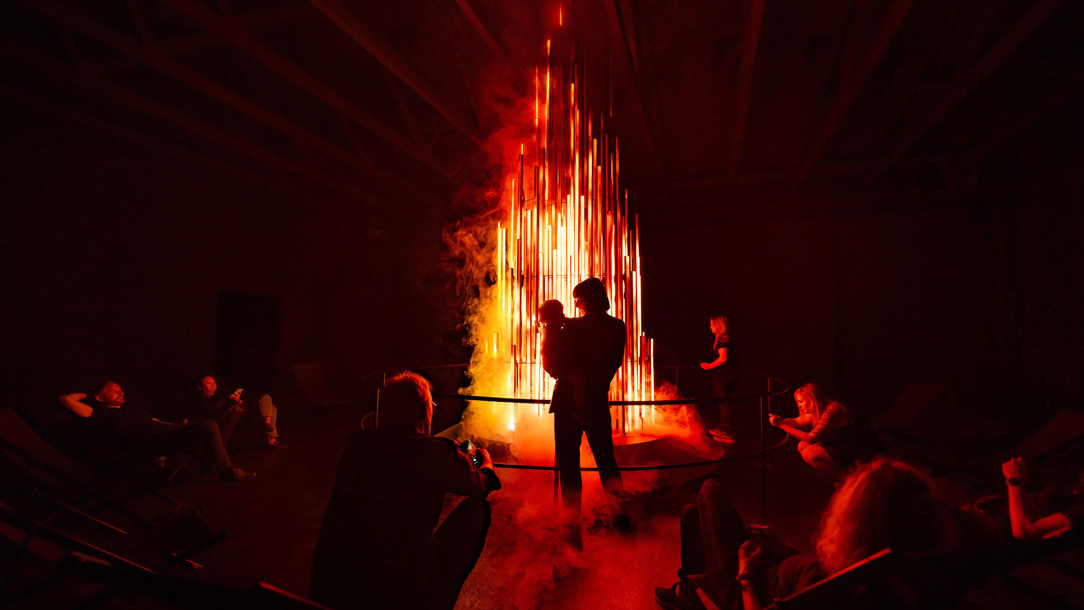
Bonfire installation at Dark Matter
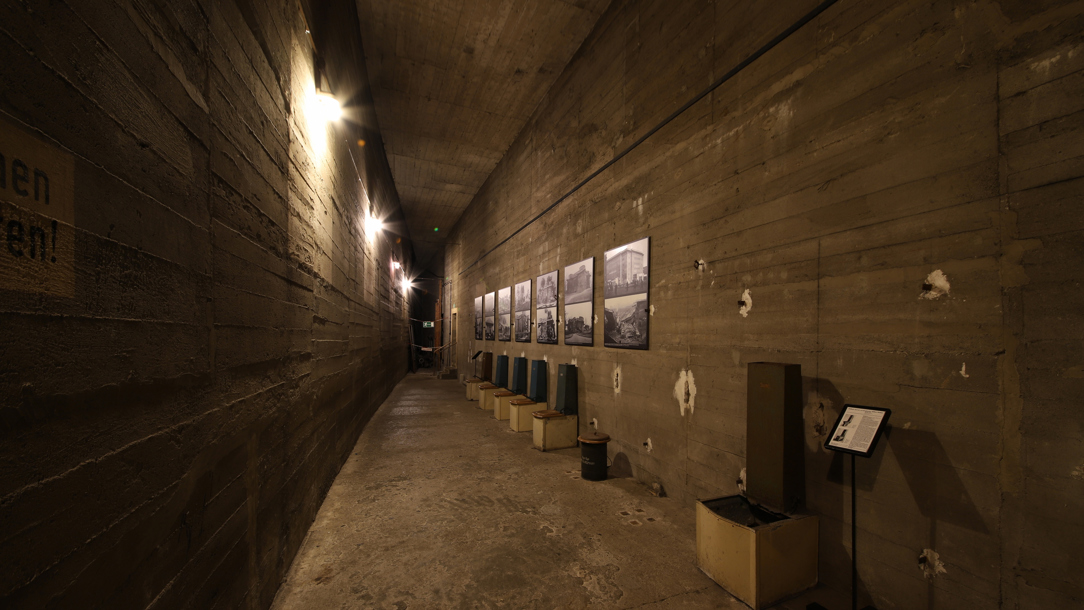
Delve deeper with Dark Worlds (© Berliner Unterwelten e.V./Holger Happel)
Smell
Harry Lehmann is a wonderfully old-fashioned perfumery that combines retro/nostalgic and modern scents with evocative names such as Eau de Berlin, Lindenblüte and Veilchen.
Taste
Coda, Germany’s first and only two-star dessert restaurant, run by René Frank, is in trendy Neukölln and mixes sweet and savoury dishes in impressively creative ways.
Hear
What happens in Berghain tends to stay in Berghain – aside from all the insider tips to try and get into one of the most famous clubs in the world.
Touch
DDR is probably Berlin’s most hands-on museum. Visitors can sit in a Trabant, check out a reconstructed prison cell and open cupboards to find East German products.
See
The seven multimedia installations at the Dark Matter exhibition by light artist Christopher Bauder take up a whopping 1,000 square metres and are a rich visual feast.
Sixth sense
Touch the city’s ghosts with a Dark Worlds subterranean tour of Berlin’s World War II-era bunkers.

The one thing
Eat… a delicious burger at Kreuzberg’s Burgermeister, set inside a transformed 19th-century public toilet (it’s clean).
See… international contemporary art inside the Boros Collection in a specially remodelled World War II bunker that’s right in the middle of the city.
Do… a trip to the former Tempelhof airport, one of Europe’s most outstanding public parks, where locals and visitors come together to cycle, skate, jog, grill, fly kites, stroll and more.

Where next?
If you’re mad about Berlin, you are as likely to fall in love with Prague. The Czech capital, made up of five historic towns on the banks of the Vltava River, is no slouch when it comes to astonishing architecture (its centre is a Unesco World Heritage site), great beer, hearty dining and a fascinating history, having seen huge changes in the 20th century. This rich culture is combined with plenty of pubs, bars and live music. The ‘City of a Hundred Spires’ is rightly famous for being home to the largest castle in the world, but it also hosts the largest night club in central Europe, five-storey Karlovy Lázně. The centre’s cobblestone streets are best explored on foot. And as well as plenty of lovely parks, there’s Divoká Šárka, a beautiful urban woodland just beyond the city.


